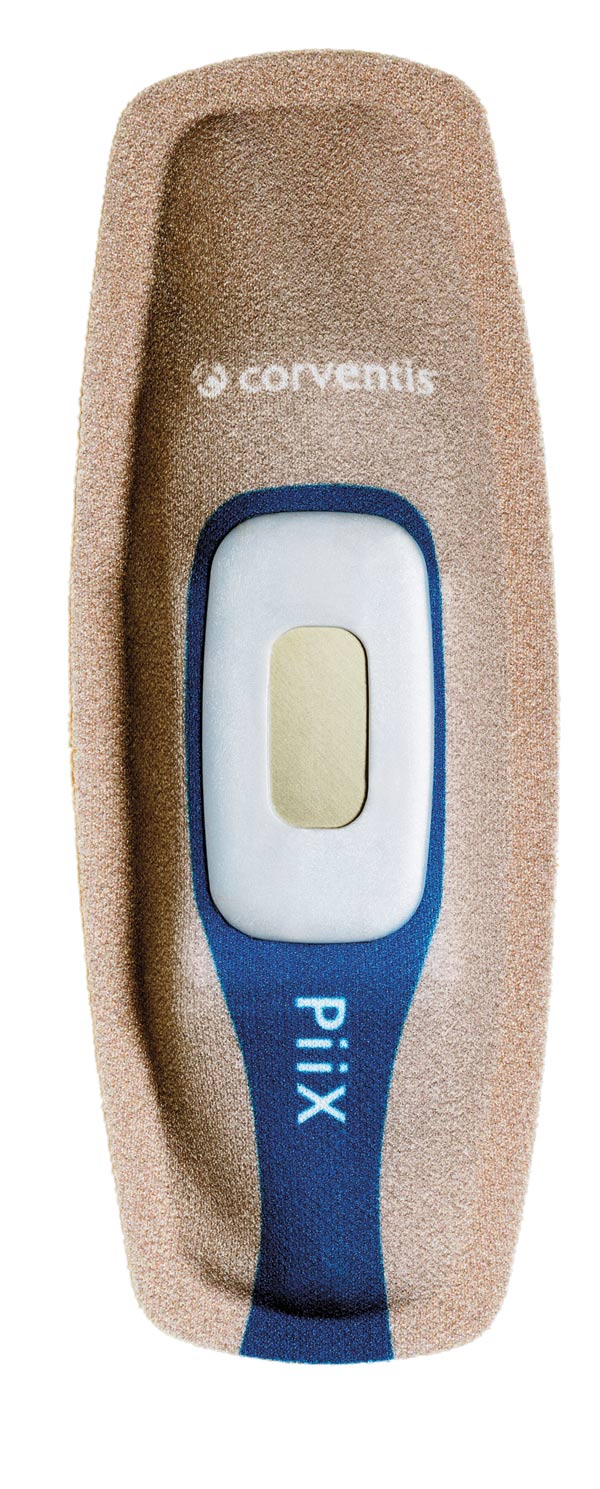Monitoring Heart Failure

A 15-centimeter wireless sensor (right) approved this spring by the U.S. Food and Drug Administration is part of a monitoring system now being marketed. The system spots signs of heart failure by detecting fluid buildup in the lungs and elsewhere in the body–a hallmark of heart failure–and analyzing the patient’s activity levels, heart rate, and respiration. When attached to a patient’s chest, it beams data to a special cell-phone-like gadget in the person’s pocket or somewhere nearby. From there, the information is wirelessly transmitted to the company’s servers. Algorithms detect anomalies, and physicians receive the data via the Web or a mobile device.
Product: PiiX sensor device; zLink portable transmitter
Cost: $400 to $700
Source: www.corventis.com
Companies: Corventis
Keep Reading
Most Popular
Large language models can do jaw-dropping things. But nobody knows exactly why.
And that's a problem. Figuring it out is one of the biggest scientific puzzles of our time and a crucial step towards controlling more powerful future models.
How scientists traced a mysterious covid case back to six toilets
When wastewater surveillance turns into a hunt for a single infected individual, the ethics get tricky.
The problem with plug-in hybrids? Their drivers.
Plug-in hybrids are often sold as a transition to EVs, but new data from Europe shows we’re still underestimating the emissions they produce.
Stay connected
Get the latest updates from
MIT Technology Review
Discover special offers, top stories, upcoming events, and more.